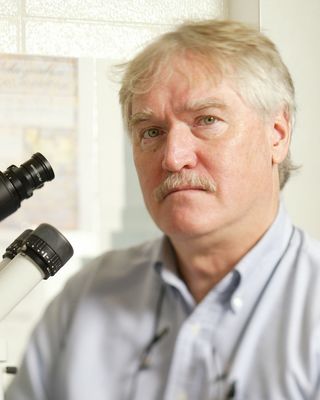Uganda
Population Biology of An. gambiae on Lake Victoria Islands
Understanding the genetic structure and demographics of the African malaria vector Anopheles gambiae is important for the management of insecticide resistance as well as for the planning, implementation and monitoring of vector control efforts. However, the enormous population size and high levels of polymorphism of this species greatly complicate the assessment of population structure. We are using islands in Lake Victoria off the southeastern shores of Uganda known as the Ssese Islands as natural laboratories to explore the population biology of An. gambiae, through indirect genetic estimates (including mtDNA, reduced-representation sequencing, and whole genomic sequencing) and direct ecological and entomological measures. In particular, we have been evaluating Lake Victoria as a barrier to gene flow between mainland Uganda and the Ssese Islands. One near-term application of this research will be to inform about the suitability of one or more of these islands as potential field release sites in initial tests of novel vector genetic control technologies such as gene drive.
Research Focus
-
Genetics and Genomics
One way to study certain diseases is through genetics - the study of heredity and the variation of individual inherited genes in an organism. At the EIGH, this means studying how organisms can inherit and spread certain diseases. Additionally, by analyzing the entire structure, function, and evolution of an organism's genes, researchers may identify ways to prevent a disease from genetically passing disease traits.
-
Vector-borne Diseases
Vector-borne disease research is a historic strength of the EIGH. Our researchers study multiple parts of the vector-borne disease lifecycle, such as how the parasites, viruses, and bacteria cause these kinds of diseases, how the vectors spread these diseases, and how to improve prevention methods in tropical and subtropical areas, which have the highest burden of vector-borne illnesses.
Who’s Involved
EIGH Faculty
GLOBAL PARTNERS
- Target Malaria
- Uganda Virus Research Institute
- University of Groningen
Additional Information
Publications
Bergey, C.M., Lukindu, M., Wiltshire, R.M., Fontaine, M.C., Kayondo, J., & Besansky, N.J. In preparation. Assessing the genetic connectivity of a highly diverse malaria vector using selected loci and islands.
Wiltshire, R.M., Bergey, C.M., Kayondo, J.K., Birungi, J., Mukwaya, L.G., Emrich, S.J., Besansky, N.J., & Collins, F.H. Reduced-representation sequencing identifies small effective population sizes of Anopheles gambiae in the northwestern Lake Victoria basin, Uganda.
Lukindu, M., Bergey, C.M., Wiltshire, R.M., Small, S.T., Bourke, B., Kayondo, J.K., & Besansky, N.J. Spatio-temporal genetic structure of Anopheles gambiae in the Northwestern Lake Victoria Basin, Uganda: implications for genetic control trials in malaria endemic regions.

